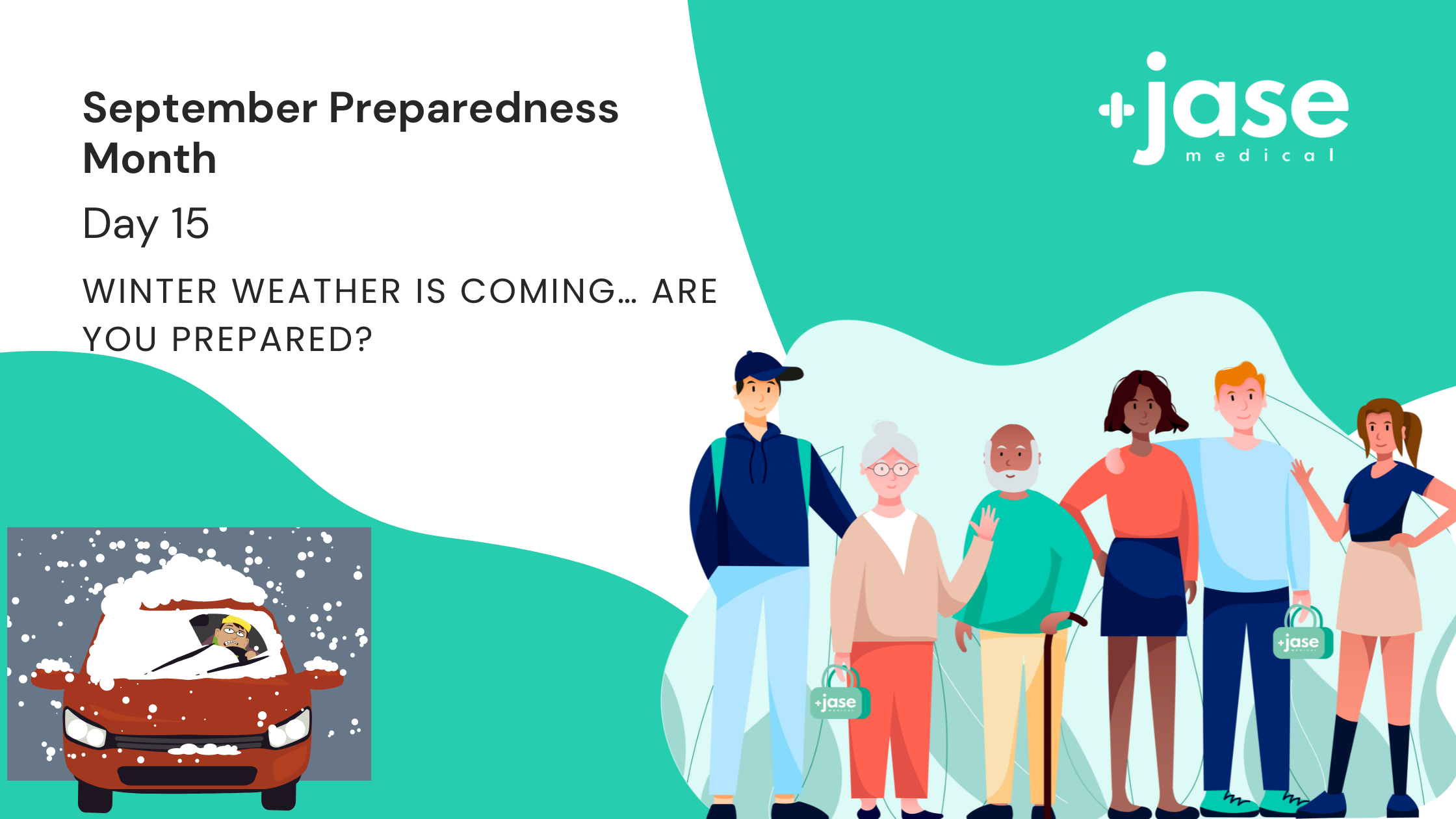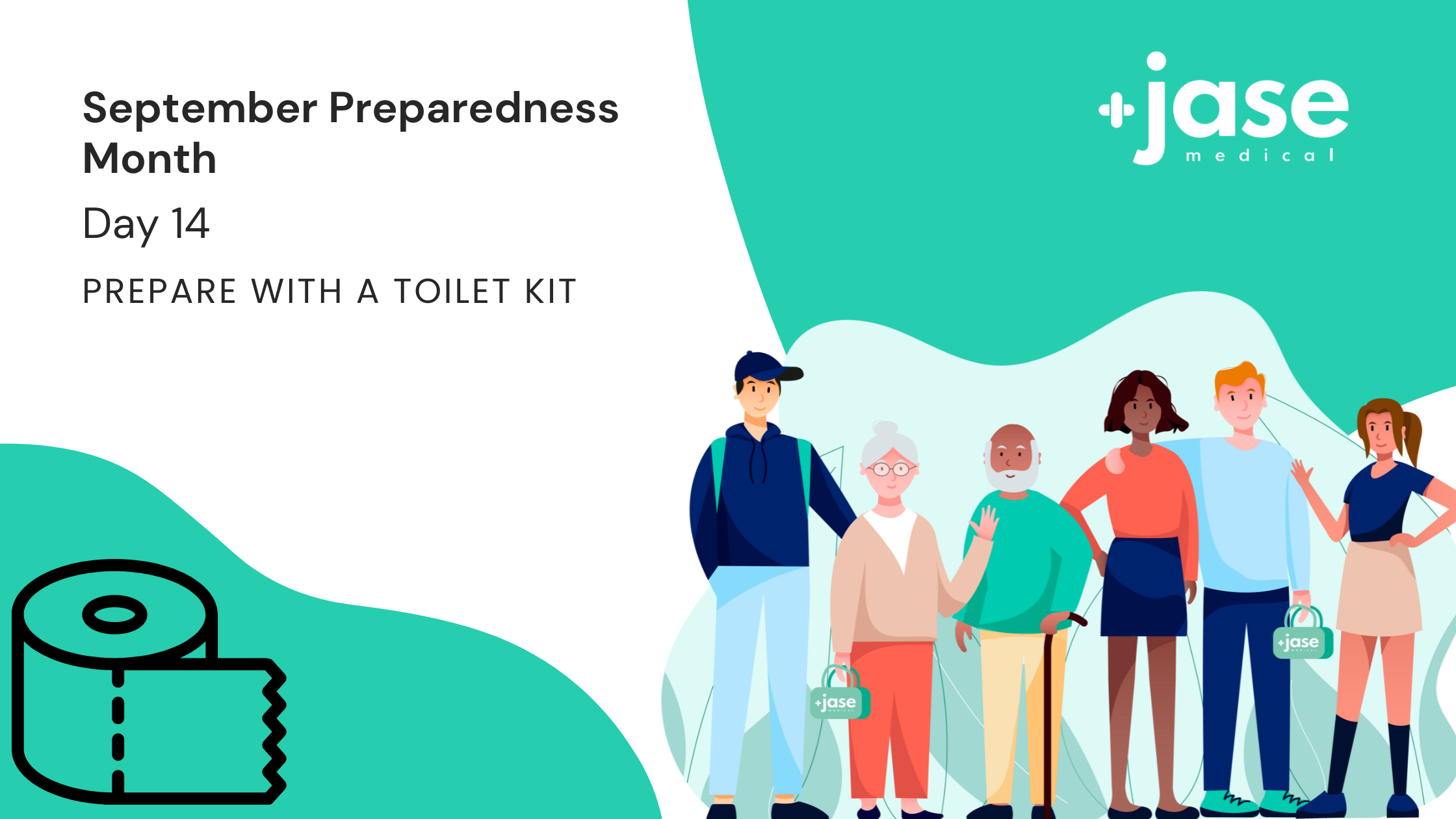Patient EducationOur mission is to help you be more medically prepared. Stay up-to-date on the latest news in health and preparedness.Categories
Are You Prepared For A Cyber Security Attack?


Cyber security is more important than ever as more and more personal information is available online.
Cyberattacks are malicious attempts to access information or damage a computer or network system. Cyberattacks can lead to information leaks, money loss or theft of sensitive information. On a larger scale, it can affect organizations, communities and the nation.
Cybersecurity involves preventing, detecting and responding to cyberattacks. Taking a few small steps can make your information more secure and can prevent loss of finances and valuable information.
Here are a list of steps to take to protect yourself and your information:
- Limit the amount of information you share online and change privacy settings to not use location services.
- Make sure to update software, applications, and operating systems up to date.
- Create strong passwords. Use Upper and lower case letters, numbers, and special characters.
- Do not use the same password for multiple accounts.
- Use a password manager and two methods of verification whenever possible.
- When in doubt do NOT click on unknown links, especially if they ask for personal information. More than 90% of successful cyber attacks start with a phishing email.
- Protect your home or business by using a secure internet connection and Wi-Fi network.
- Change passwords frequently
- Don’t share PINs or passwords.
- Use devices with biometric scans when possible.
- Check your account summaries and credit reports regularly.
- If you do have to share personal or financial information online, make sure it is a secure site that begins with https://. Using a virtual private network (VPN) can also provide a secure connection.
- Use antivirus (ex: Norton), antimalware (ex: Malwarebytes), and firewalls to block threats.
- Back up your files regularly in encrypted files.
- The government will NOT call, text, or contact you via social media about owing money.
- Brooke Lounsbury
Medical Content Writer
Lifesaving Medications
Recent Posts
Keeping you informed and safe.
Blog
The Silent Killer (Part 2)
(Part 2) Part 2 will discuss: Physiology of blood pressure regulation, Medications to help control hypertension Blood pressure regulation is a complex process involving a series of body systems, hormones and input from the nervous system all working together to...
The Silent Killer
Part 1 High blood pressure (HBP) has been called the silent killer and with good reason. It is estimated that at least 20 percent of the population with high blood pressure have no symptoms. In part 1 we will discuss: Symptoms of hypertension Health risks of...









